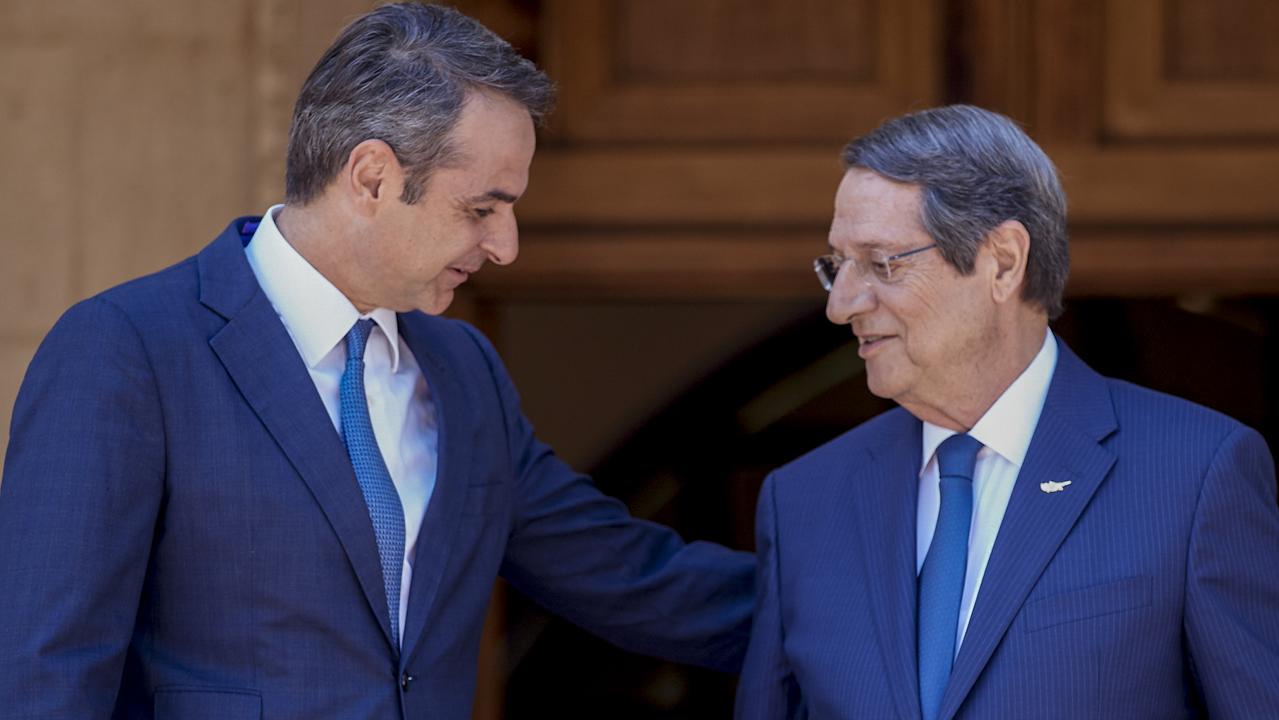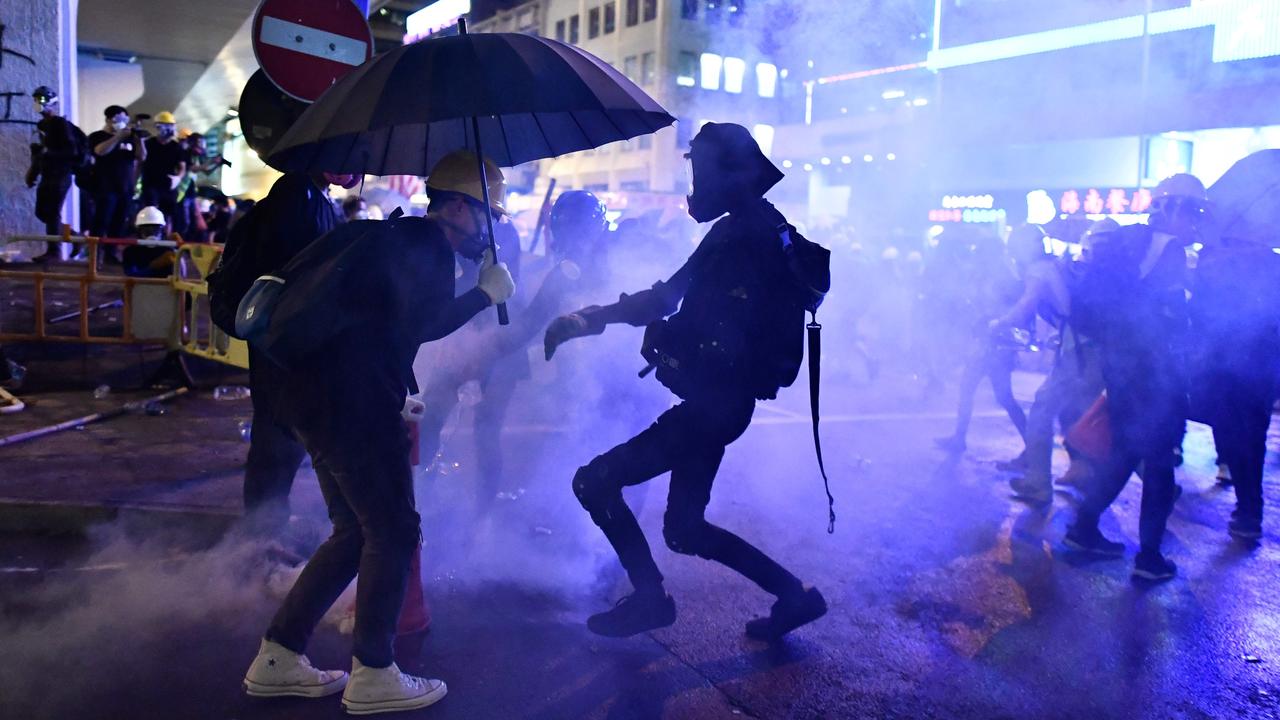Strike on Assad: the good, bad and ugly of a limited hit
Like any operation, the US, French and British strike on Syria had its good, bad and ugly aspects.

As the sun rose on Saturday, he no doubt woke up relieved. If last year’s US strike on al-Shayrat was a pinprick, then this was three pinpricks: sharply limited attacks on three facilities selected for symbolic effect. The bulk of Assad’s air force and regime structures were untouched, while his war-making power remains unimpaired.
Like any operation, the strike had its good, bad and ugly aspects.
First, the good. This was a coalition strike, not a unilateral US effort like last year’s: US, British and French aircraft, ships and submarines all took part, and initial accounts suggest the strike was well co-ordinated, with 105 missiles timed to hit the three targets simultaneously. Germany, though not participating, expressed support. Thus, the strike achieved its limited goal of reinforcing norms against the use of chemical weapons.
Along with cruise missiles, manned aircraft were used — although largely using stand-off weapons that enabled them to stay outside the Syrian air defence bubble — indicating coalition commanders’ confidence in their pilots’ ability to go up against Russian-backed Syrian systems. This sent an important message to Russia and Iran, which both had threatened to shoot down all missiles and retaliate against launch sites (they did neither).
The US-Russian deconfliction hotline seems to have worked. Despite dire threats before the strike, there has been no retaliation from Syria, Iran or Russia so far, and neither Syrian nor Russian air-defence systems seem to have been effective. A Pentagon spokeswoman claimed no missiles had been shot down by Syrian air defences, while a Syrian spokesman claimed 13. So, even using the regime’s own assessment, about 90 per cent of missiles got through, while Russian air defences never activated at all. And no Western aircraft were lost and there were no coalition casualties.
Next the bad: Donald Trump’s tweets before the strike appalled military observers with his willingness to telegraph weapons and timelines. According to a former senior White House official, some West Wing staffers found this a deep concern, on political as well as security grounds, given how harshly he criticised Barack Obama for doing essentially the same thing.
Trump’s use of “mission accomplished” echoed George W. Bush’s ill-fated speech after the fall of Baghdad. And some intelligence officials believe his mixed messages before the gas attack at Douma, emphasising a desire to leave Syria and let others handle the clean-up, emboldened the regime to mount its attack in the first place.
“Words matter”, the senior official commented, “and sending mixed messages can have serious consequences”. At the same time, “actions that play well for the domestic base don’t always work effectively in foreign policy”.
Finally, the ugly: the Douma attack smashed the last pocket of rebel resistance near the capital, giving the regime its most important victory since recapturing Aleppo in 2016. Assad has effectively won the war, and — apart from small Islamic State remnants, the rebel-held Idlib province and Turkish and Kurdish enclaves in the north and northeast — now controls Syria’s heartland. Saturday’s limited strike only underlines the fact Western powers have accepted Assad’s victory.
A Pentagon spokesman said “this operation is not an attempt to unseat Assad or become involved in the Syrian civil war”. In other words, as long as Assad knocks off the gas attacks, he can have his win. Given the strike’s small scale and limited impact, he may consider that a good bargain.
David Kilcullen is a former Australian Army officer and was an adviser to US general David Petraeus in 2007-08 in Iraq.














On Friday evening Bashar al-Assad and his sponsors were showing signs of nervousness. Russian ships stood out to sea in case of a strike, and the regime sent its most advanced aircraft to Russia’s airbase at Khmeimim, putting them under the Russian air-defence umbrella. Assad spent the night at an undisclosed location, concerned about a decapitation strike.